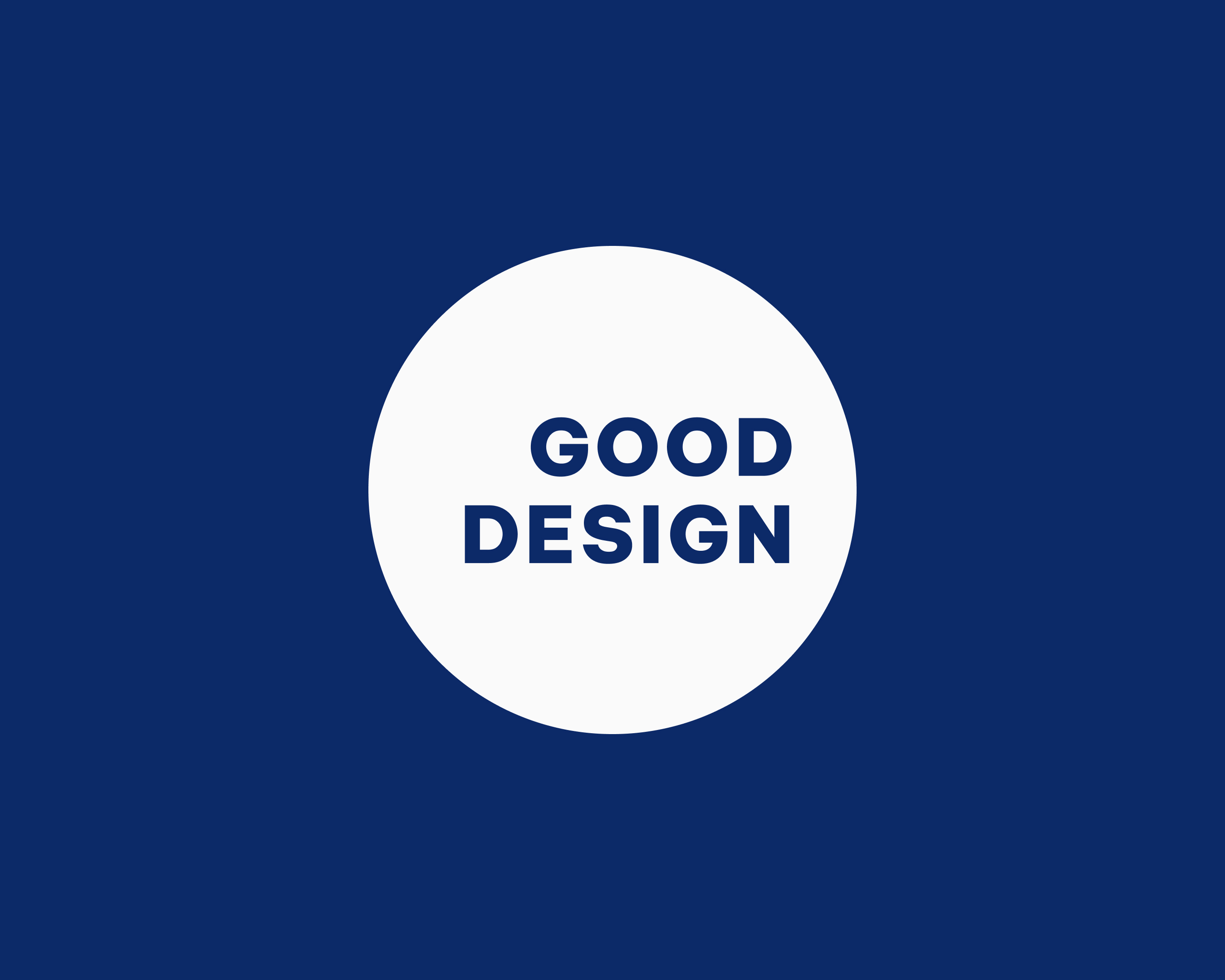

Design is rarely straightforward. Yet, traditional User-Centered Design (UCD) methods often follow a linear process, progressing from qualitative interviews to heuristic analysis. This well-trodden path works for most products and services. As we enter a time where the old methods have gotten us into trouble with people and the planet, we need to rethink how we do design and who we talk to when designing. At Whipsaw, we frequently design for the unknown - tackling projects that are ambiguous, emergent, and don't fit neatly into traditional UCD methods. Whether it's applying scientific advancements to legacy medical industries, charting future R&D roadmaps for new technologies and materials, or addressing problems without clear precedence, our design challenges have pushed us to innovate our approach.
In situations where we need to go beyond a linear path, we adopt a participatory, co-creation approach where we work directly with end-users to design solutions. These methods enable us to use research to directly inform the design process. Participatory design methods such as co-creation uncover unmet needs and desires, identifying barriers that hinder product or service adoption. Unlike traditional research methods, it often yields fresh insights, allowing designers and stakeholders to reframe problems and situations from a new perspective. By actively involving end-users throughout the project, we gain a deeper understanding of their experiences and contexts, informing more effective design solutions.
.png)
While each project is based on different research and stakeholder needs, we generally approach the research and design process across three key stages: Discover, Dream, Develop. We have refined this approach through constant experimentation across projects to define when it’s best to bring participatory design into our experience innovation process - no matter the stage of design or scope of the project.

New products and services often fail to be adopted either because the solution crosses invisible social or cultural boundaries, or the central problem doesn’t match a need that people have.1 These three stages help us avoid these barriers to collaboratively create a vision for the use of research and design methods as valuable tools for experience innovation — whether it’s transforming legacy industries for Fortune 50 companies or building new-to-market products for emerging startups. This approach has helped us design quantitatively backed innovation roadmaps, validate new product directions, and evaluate designs to inform refinement.
At Whipsaw our project breadth requires us to become knowledgeable across diverse domains for each engagement from medical robotics to human-AI collaborative systems. These unique challenges require expert knowledge, whether technical expertise or a deep understanding of users' latent needs, pain points, workflows, and tasks with emergent systems. Each stage of this process is guided by principles our team developed to help our designers overcome these knowledge barriers:
Empower end-users and stakeholders to actively influence design decisions by recruiting people who have the most contextual experience, giving them as much ownership and control as designers to ensure that a diverse range of voices shape the outcomes.
Collaboratively define features through open-ended, generative concept ideation and needs-finding that separates what people say they want from what they will use and address their biggest unmet needs while considering cultural, social, and environmental factors.
Leverage our industrial design and experience design capabilities to incorporate tangible design artifacts, rapid prototyping, and iterative user and client feedback at multiple stages to reflect the workflows and knowledge of the people who will use the end product. Test, refine, repeat.
Crafting meaningful design requires us to understand people, anticipate what they want to do, and provide them with the tools they need—when they need them. Our participatory design approach accelerates this knowledge acquisition process, preventing the "design research game of telephone" where research goes from end-user to designer to stakeholder, and then back around again. It empowers end-users by putting design skills in their hands to deliver qualitative and quantitative research-backed designs that meet people's unmet, unarticulated needs and deliver benefits to businesses.

If you're looking to create exceptional digital or physical experiences grounded in a deep understanding of your audiences, we invite you to reach out. Our participatory design approach can be adapted to your unique project needs, ensuring your solutions resonate with the people they're built for. Let's co-create innovations that leave a lasting impact.